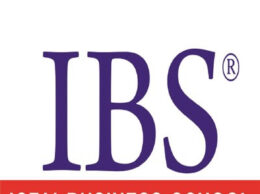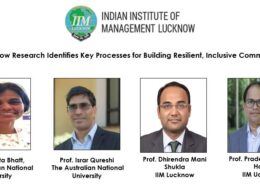Mumbai: Communication technology is acting as a backbone for the digitization process in India. Government initiatives and the involvement of research and development, academia, start-ups and enterprises are driving an innovation boom in areas such as cloud, wireless and wired broadband, while data acquisition technologies and analytics are set to transform the country by providing advanced intelligence.
“India’s global position in manufacturing, healthcare, information and communication and agricultural sector will witness a boost in the coming years,” said TechVision Industry Analyst Swapnadeep Nayak. “Current government programs, adoption of digitization, and developments in mobile payment applications and m-services are ripe to change the country’s information communication and technology (ICT) landscape.”
ICT Technologies Driving Digital India is part of Frost & Sullivan’s TechVision (Information & Communication) subscription program. The research highlights the impact of digitization in India, exploring key enabling technologies and their convergence prospects. It envisions future growth opportunities for Indian technology developers and participants wanting to penetrate the Indian market.
Click here for complimentary access to more information on this analysis and to register for a Growth Strategy Dialogue – a free, interactive briefing with Frost & Sullivan’s thought leaders.
Current technology trends and developments transforming the market include:
Mobile broadband – This could be the main catalyst behind binding rural and urban India, which will widen the marketplace for businesses and help address bigger challenges for the government.
Mobile app downloads in India will reach 10 billion by 2020. Key mobile-based industries such as mobile banking and e-governance would benefit as a result.
Online retail will emerge as one of the fastest growing industries, with a market potential of $35.08 billion by 2025, accounting for nearly 4% of total retail.
Smartphone applications are encouraging the use of applications such as mobile payment, m-health, m-governance, and m-commerce.
Unstructured data will grow faster than structured data, by more than 30%, in the next three years. Enterprises must tap these important data sources to analyze customer behavior for competitive advantages.
Information technology (IT), primarily driven by IT services, is becoming one of the major contributors of gross domestic product (GDP).
Due to strong adoption among small and medium organizations, cloud computing through Infrastructure as a Service (IaaS) will increase.
“Digitization can only be realized through proper implementation of strategies backed by the government and technology developers,” noted the analyst. “Revamping and restructuring policies as well as skill-set development are crucial to facilitate adoption of new services.”








